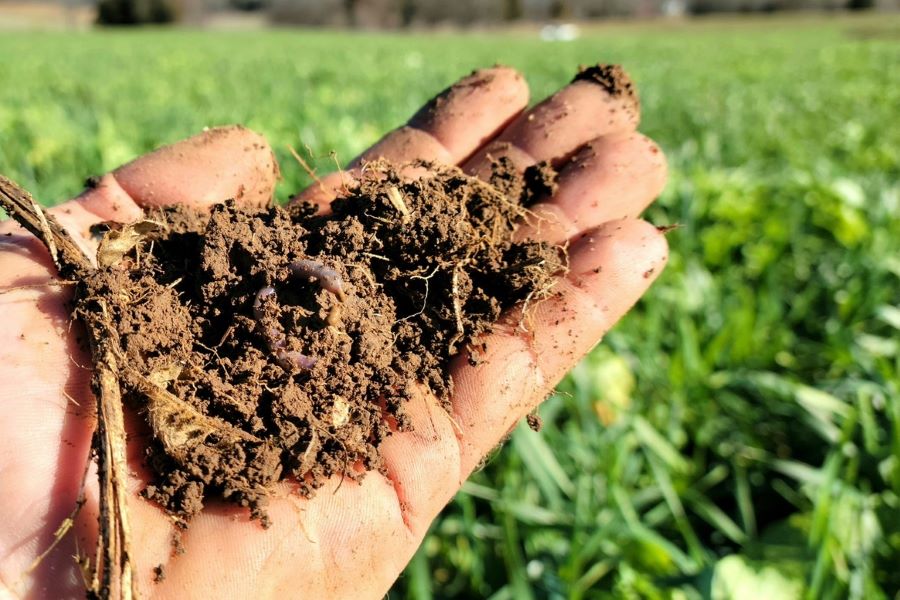
by Monica Kidd | 22 Apr 2022 | Climate change, Decoders, Economy, Educators' Catalog, Environment, Eyewitness, University of Toronto Journalism Fellows
I am interested in carbon credits — permits that offset greenhouse emissions. So I bought a tonne of carbon. Here’s what I learned. (Photo courtesy of Cory Willis of Willis Farms, Inc. in Tennessee, United States) Anyone with a credit card and the inclination...
Climate change is an existential challenge that resonates particularly strongly with young people, but much of the debate around how to limit global warming to 2 degrees Celsius remains abstract. Carbon credits are considered part of the solution, but just what is a carbon credit? Monica Kidd, a Global Journalism Fellow at the University of Toronto Dalla Lana School of Public Health, asked herself that same question, but instead of simply consulting a text book, she went out and bought a tonne of carbon for $15 and then listened to the farmer who made the sale explain how it works and why carbon credits are not a silver bullet in the climate fight. Understanding the complexities of problems is the sine qua non to pinpointing solutions.
Exercise: Break students into groups and ask each group to buy a tonne of carbon and then explain how they have contributed to the fight against global warming and why it is not enough.
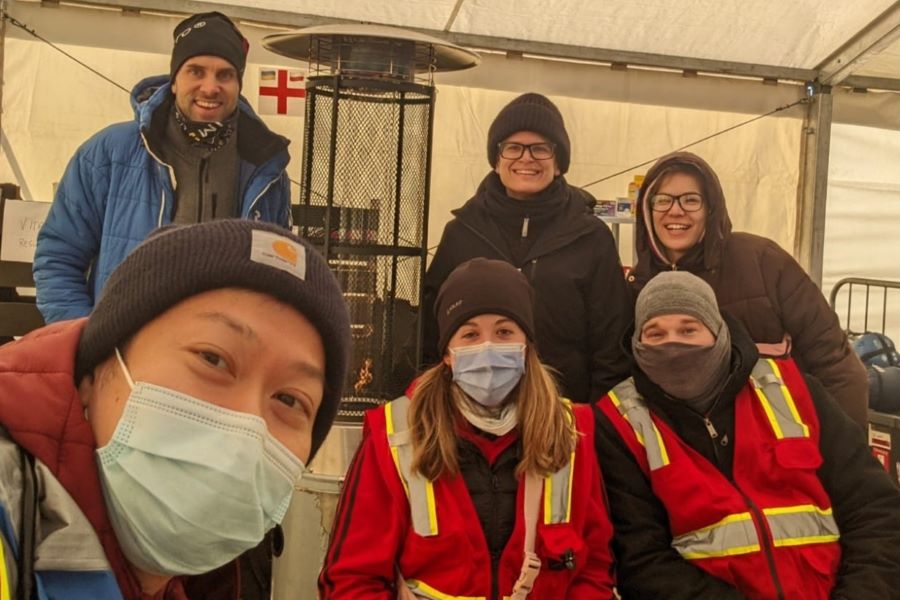
by Anthony Fong | 6 Apr 2022 | Conflict, Europe, Eyewitness, Immigration, Personal Reflections, Refugees, Ukraine
I’m a medic with a team helping Ukrainian refugees who are fleeing their country. Tonight, we hope we’ve given one young man a chance to survive. The author (bottom left) and colleagues from the Canadian Medical Assistant Team at the Krakovets border...
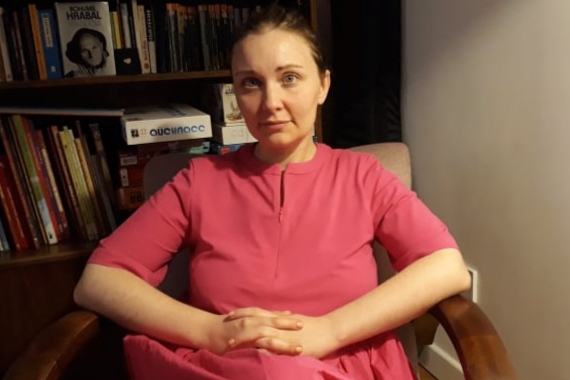
by Helen Womack | 30 Mar 2022 | Conflict, Europe, Eyewitness, Immigration, Refugees, Ukraine
Ukrainian refugees come to Anastasia in Hungary for a night or two before moving on. This Russian is helping refugees while war rages at home. Anastasia at home in Budapest, Hungary (photo by Helen Womack) Anastasia’s phone is constantly ringing. She is at the heart...
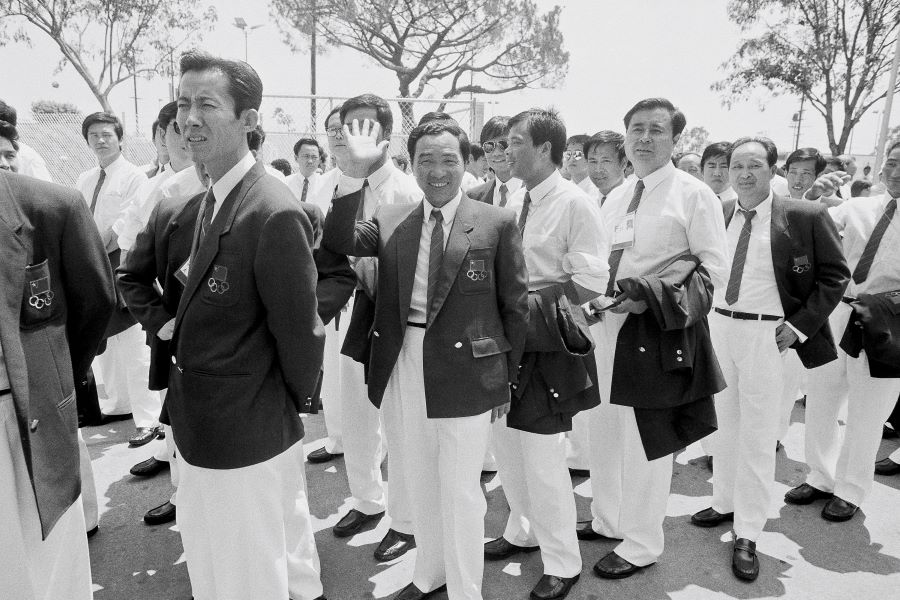
by Jonathan Sharp | 16 Feb 2022 | China, Europe, Eyewitness, Politics, Sport, United States
Fewer than four decades ago, an emerging China joined its first Olympic Games. Like today, geopolitics loomed large at the Los Angeles event. Members of the Chinese Olympic team line up before the opening ceremonies of the 1984 Summer Olympics in Los Angeles, 28 July...

by Li Keira Yin | 29 Nov 2021 | China, Discovery, Eyewitness, Identity, Personal Reflections, Politics, Student Posts, Thacher School, Youth Voices
Curious about my family’s roots, I visited a remote region of China where minority Uighurs celebrated and laughed despite repression and a pandemic. Uighur Women in Procession at Sunrise, Kashgar, July 2021 (All photos by Li Keira Yin) I took these photos on a...
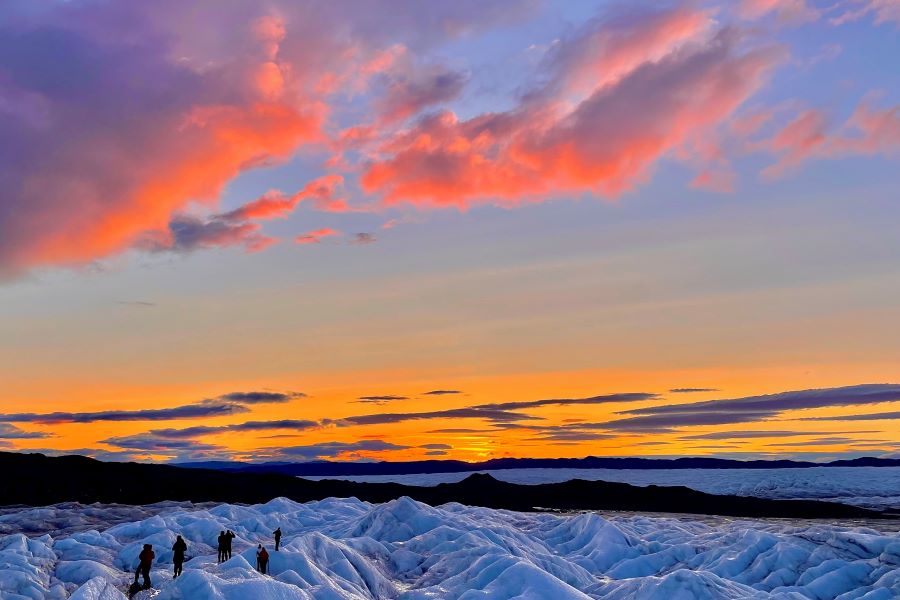
by Simikka Dueholm Jensen, Oluf Maersk-Moller and Ann Hansen | 19 Nov 2021 | Climate change, Discovery, Environment, Eyewitness, Herlufsholm, Student Posts, Youth Voices
On a trip to Greenland, we camped on an ice cap, saw towering icebergs and witnessed the effects of climate change on the world’s biggest island. In August, six students from the Herlufsholm School spent 10 days in Greenland to study the effects of climate...
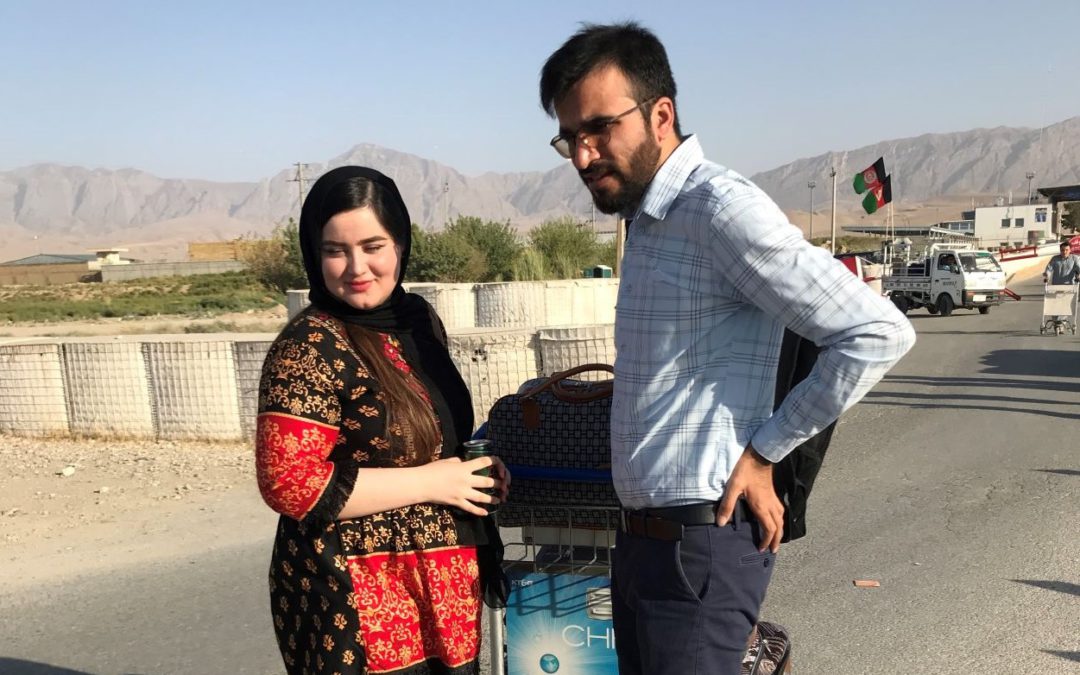
by Zamir Saar | 16 Nov 2021 | Asia, Conflict, Educators' Catalog, Eyewitness, Human Rights, Identity, Immigration, Islam, Personal Reflections, Refugees, University of Toronto Journalism Fellows
My pregnant wife and I were lucky to escape Afghanistan after it fell to the Taliban. We have swapped danger for refuge and bewilderment in Ukraine. The author and his wife bid farewell to their families at the entrance to Mazar-e-Sharif airport in Balkh province,...
Journalist Zamir Saar delivers a first-hand account of his and his wife Kamila’s experience escaping Afghanistan after the country fell to the Taliban in August. Grateful for refuge in Kyiv, Ukraine, far from the violence and downward economic spiral that face their native land, Zamir and Kamila — five months pregnant at the time they fled — now find themselves unsettled by makeshift living arrangements and uncertainty about their future. As Zamir notes, the hardest part has been leaving the familiar spaces in their home towns and finding nothing so far to replace them in their new environment. But there’s also recognition that there’s only so much a receiving country like Ukraine can do.
Exercise: Ask students to think about what makes them feel most at home and how they might recreate those things in an unfamiliar environment.
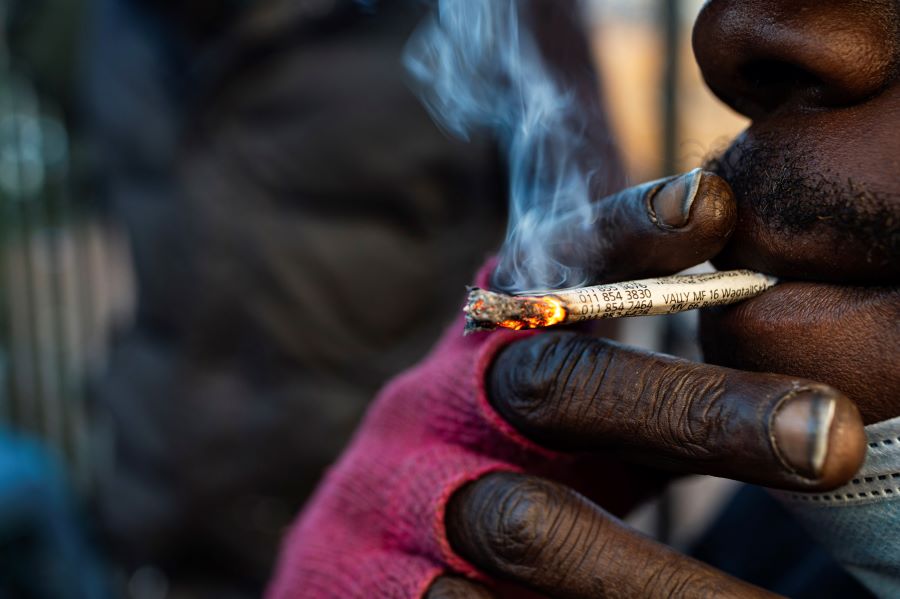
by Kamuskay Kamara | 2 Nov 2021 | Africa, African Leadership Academy, Contest winners, Eyewitness, Health and Wellness, Student Posts, Youth Voices
Kamuskay Kamara grew up in the streets of Sierra Leone’s capital. He saw young people in the clutches of drugs and now is saving their lives. “I want to actually change the lives of young people.” Kamuskay Kamara has created an NGO to combat drug...

by Bryson Hull | 20 Sep 2021 | Asia, Conflict, Eyewitness, Islam, Personal Reflections, Politics, Terrorism, World
Many of us sensed a doomed U.S. mission in Afghanistan years ago and had drawn lessons. But the final costs of the invasion are still being tallied. U.S. soldiers drape a flag over a fellow serviceman killed on 29 July 2010 in Kandahar province, Afghanistan. (AP...

by Gene Gibbons | 19 Aug 2021 | Eyewitness, Personal Reflections, World
My birthday is a chance to survey the state of the world. So much news is full of despair, yet I feel mostly upbeat about progress that’s been made. Dr. Martin Luther King Jr. addresses marchers during his “I Have a Dream” speech at the Lincoln...










